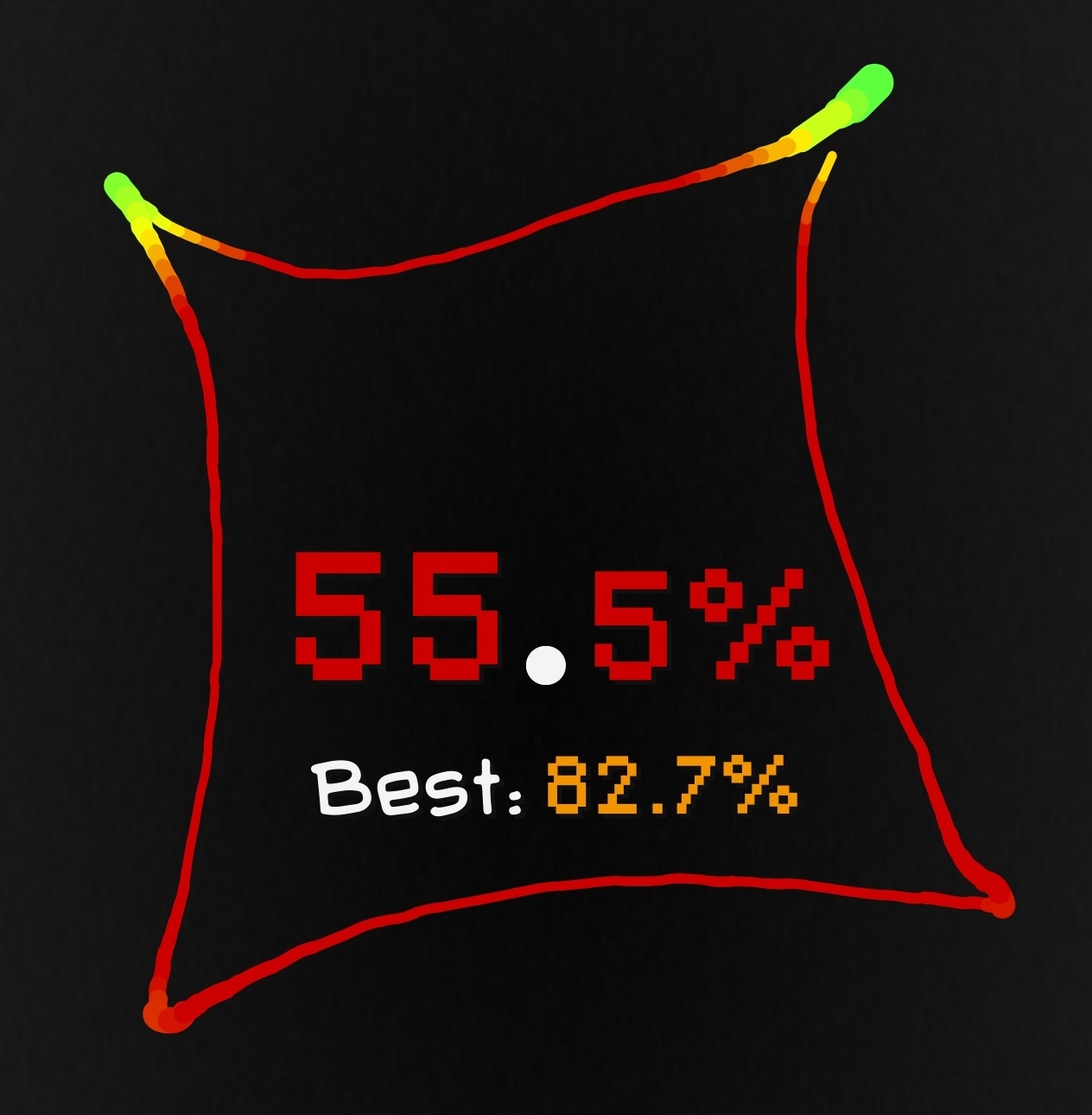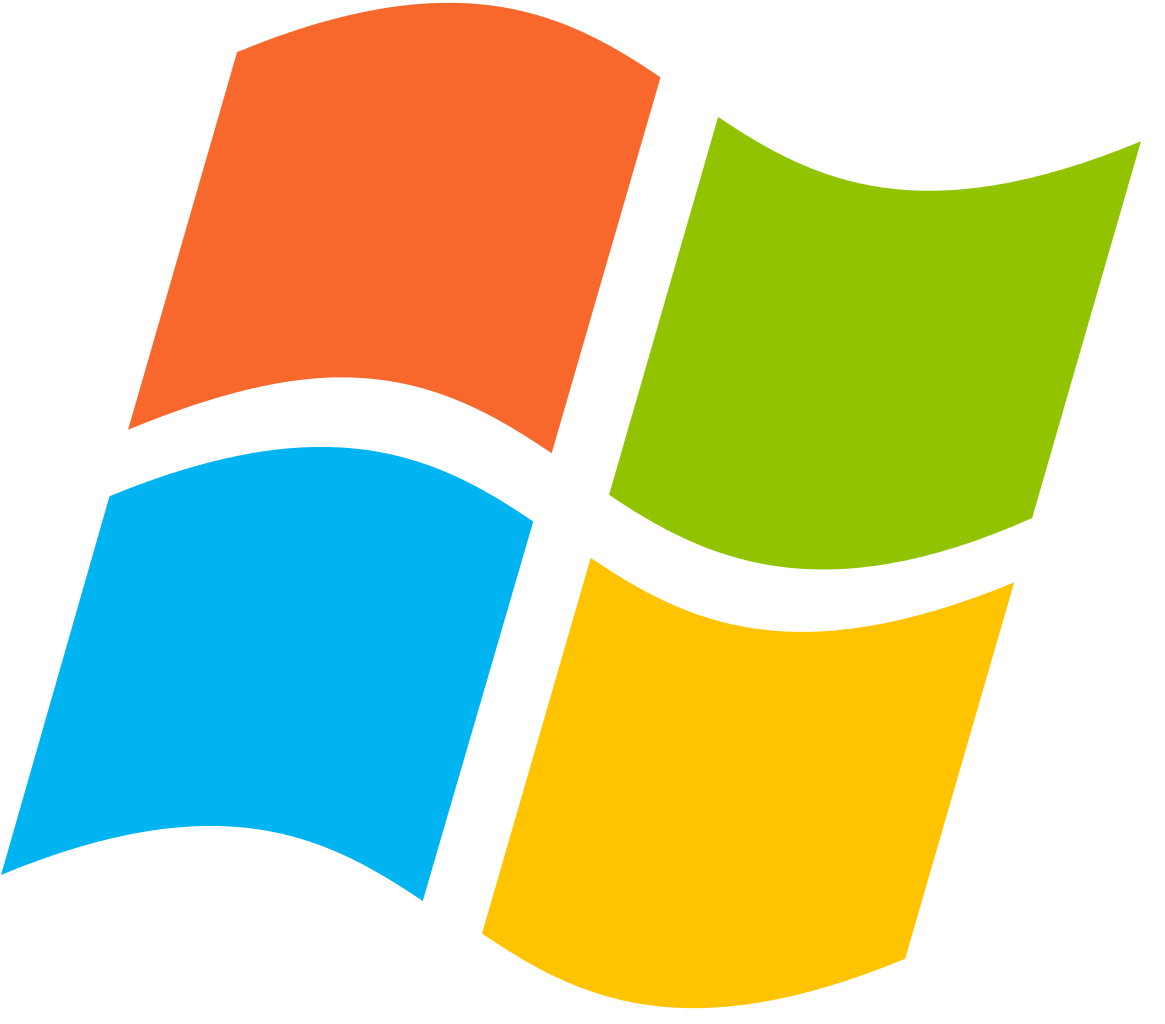

This is probably just a regurgitated comment scraped from somewhere on reddit.


This is probably just a regurgitated comment scraped from somewhere on reddit.


It doesn’t do computational photography, true - I don’t know of any open source mobile apps that can, it’s a very complicated subject.
It does allow switching between the various lenses, at least on my OnePlus 12r.


Open Camera is FOSS (GPLv3) and is available in both Google Play and F-Droid.
Hmm…

I have questions.

How low can you go?

- a few git repos (pushed and backup in the important stuff) with all docker compose, keys and such (the 5%)
Um, maybe I’m misunderstanding, but you’re storing keys in git repositories which are where…?
And remember, if you haven’t tested your backups then you don’t have backups!
however, i know nothing about self hosting. My knowledge is absolutely zero […] I dont understand nothing
This is going to be a problem, unfortunately. You’ll need to define your use case first:
An old PC might be enough to act as a server, but there’s more involved and the answer to what you need depends on what exactly you want to do. You will not be able to build a personal version of Spotify with just an old PC, for instance.


Never use a spreadsheet to do a database job.


[citations needed]
Get some sources, and stop drawing conclusions from no evidence.


They leveraged open source to compete on the console front without actually investing dev time.
This is just false.
Valve has funded a lot of extra work though to get things like DXVK and VKD3D-Proton for the translation from Direct3D to Vulkan into a state where performance can be really great! Valve also funds work on Linux graphics drivers, Linux kernel work and the list goes on.
The included improvements to Wine have been designed and funded by Valve, in a joint development effort with CodeWeavers. Here are some examples of what we’ve been working on together since 2016:
- vkd3d, the Direct3D 12 implementation based on Vulkan
- The OpenVR and Steamworks native API bridges
- Many wined3d performance and functionality fixes for Direct3D 9 and Direct3D 11
- Overhauled fullscreen and gamepad support
- The “esync” patchset, for multi-threaded performance improvements
Modifications to Wine are submitted upstream if they’re compatible with the goals and requirements of the larger Wine project; as a result, Wine users have been benefiting from parts of this work for over a year now. The rest is available as part of our source code repository for Proton and its modules.
In addition to that, we’ve been supporting the development of DXVK, the Direct3D 11 implementation based on Vulkan; the nature of this support includes:
- Employing the DXVK developer in our open-source graphics group since February 2018
- Providing direct support from our open-source graphics group to fix Mesa driver issues affecting DXVK, and provide prototype implementations of brand new Vulkan features to improve DXVK functionality
- Working with our partners over at Khronos, NVIDIA, Intel and AMD to coordinate Vulkan feature and driver support
from Valve’s original Proton announcement
You should try doing some research before making such claims. Valve has been directly cooperating with, contributing to, and financially supporting several open source projects related to gaming since at least 2016.


I’m guessing you don’t remember what the market was like for indie games before Steam. Valve’s platform has done a lot of work to expose small game developers, and made it economically viable to work on and publish games independently. Before this it was very difficult for small titles without the advertising budget of a AAA publisher to get any attention at all, let alone actual sales. There’s nothing else like Steam for small studios trying to find buyers for their games, and Valve does deserve credit for that because it’s improved the video game market overall to have more people making more games and able to earn a living doing it.
The other major effort that Valve has made is Linux compatibility. Even before their work on Proton, Valve released native Linux versions of their games (they were one of very few publishers to do so at the time). I’ve been gaming on Linux since 2006, and Wine was great but rarely easy or complete. Proton has made things so straightforward that people have forgotten just how difficult it was before.
Credit where it’s due. No other major publisher has contributed to the gaming community the way Valve has, except maybe id Software when they just handed the entire Quake 3 Arena source code to the open source community in 2005 which spawned countless new open source game projects.
Downvote me you bootlickers.
No, you’ll enjoy the attention too much.


A long wire is an antenna that will gather electromagnetic noise from the air and turn it into random signal on the line. Shorter wires will be less responsive and therefore less noisy, and you can also mitigate the problem by grounding everything properly. It’s also possible that with the wires in that parallel ribbon, they may induce crosstalk on each other. If you want to be really careful, you could replace that big ribbon cable with an STP cable and ground the shielding jacket.
Also, a noisy/low quality power input to the Pi will produce noise in its circuits and ultimately the output. If you can, supply the power from something better than a wall wart.


You could always try Red Star OS


Ah, I didn’t actually look at the Aoostar device you mentioned in your post… yeah you probably don’t want to run TrueNAS on that, something lighter would be more appropriate.
I do want to point out that in this price range you can get a used PowerEdge tower that will be more capable, reliable, repairable and upgradeable long-term. You can add more drives, more RAM, and even a second processor as your needs grow, plus it has a proper backplane with a physical RAID controller and redundant PSUs. If any of the electronics in that R1N100 fail you have to replace the whole device.
Of course it’s a lot bulkier, so it might not fit your use.


My priorities are ease of installation and administration, as well as reliability.
How much of a priority is reliability? How many drives are you running, and how many of them are mirrored or hot spares? or are you running one of the striped RAID levels?
Hard drives are consumables and should be expected to fail. Data redundancy is a fundamental requirement for reliability. Probably everything else in the server is disposable/replaceable, but the data isn’t.
TrueNAS makes management of mirrored drive pools easy, and frankly 1:1 mirroring is the most sane way to handle redundancy (vs. parity striping), and you should always have at least one hot spare in the pool as well. For instance, I have five 8TB drives in a TrueNAS server - two mirrored pairs, and the fifth is a hot spare. I have 40TB of drive space but only 16TB of storage, but when an active drive fails then TrueNAS will automatically bring the hot spare online and copy the data from the mirror of the failed drive onto it and alert me that a replacement drive is needed. This is easy to set up, and TrueNAS also automates SMART testing and will attempt to load balance read & write cycles based on drive age and performance.


It can recognize tracks based on a profile of the audio content in the file, so even if they’re not labeled properly it can (usually) identify them. The biggest problem I’ve had with using it is that many artists have re-released or rerecorded songs, or released the same album in different years in different countries but maybe with one track missing or with the tracks in a different order, and sometimes Picard will pick an album release that you know is incorrect. It will reorganize the files, and there are lots of options for controlling how it does that (e.g. file renaming and tagging, output to the same folder or a different one, automation of bulk processing). But you may have to guide it a little, especially if you have many albums from the same artist because then you’ll have overlaps.
I’ve found the best approach to handling this is to work on one folder/album at a time and make sure it picks the correct release year for metadata reference.


The more you tighten your grip, Google, the more users will slip through your fingers.


Hmm…

hmm…

I’m playing the remake on PS5. I think they did a pretty nice job with the graphics upgrade, and with the new tracks.
I second this - virtualization is the easiest way to branch out and try new things. You can keep the working system you already have, and also experiment with other systems.
A further advantage is that you can run services in separate VMs, which helps if you need isolated contexts for security, privacy, or stability reasons. And, if you break something while you’re learning you can just delete that VM and start over without affecting your other working services.